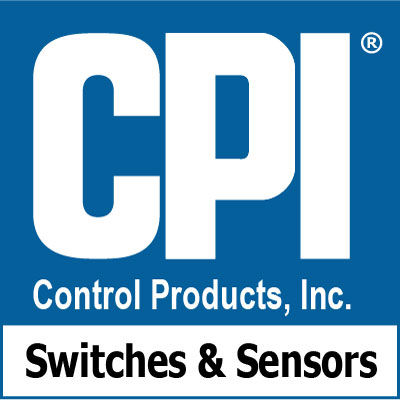Last year we discussed CPI sensor solutions for Oilfield hydraulic accumulators and cylinders, but in the fast-paced world of oilfield engineering, that was a long time ago.
For instance in 2016, CPI didn’t have a fully subsea capable (qualified to 5000ft), intrinsic safety rated (ATEX, IEC-EX) linear position sensor for hydraulic cylinders and accumulators.
But now we do. Meet the CPI SL2000
 The CPI SL2000 was specifically designed to meet the needs of heavy duty hydraulic system manufacturers, who seek robust, accurate, and reliable solutions to position or charge sensing in long stroke cylinders or accumulators.
The CPI SL2000 was specifically designed to meet the needs of heavy duty hydraulic system manufacturers, who seek robust, accurate, and reliable solutions to position or charge sensing in long stroke cylinders or accumulators.
With a high-tech mechanical assembly and space-age material science, the CPI sensor surpasses the durability of all other sensor measurement technologies as well as other draw wire sensor technologies. For harsh duty internal or external cylinder applications, CPI’s technology may be the most hardened, reliable solution in the world.
Marine Riser And Tensioner System Hydraulics
Tensioner systems come in many designs but typically employ multiple hydraulic cylinders for stabilizers or the riser will buckle when the rig moves downward, and stretch when the rig rises. If you gather around the moon pool of any offshore rig or vessel during a storm you’ll see a riser/tensioner system hard at work. These systems use a bank of hydraulic accumulators to drive piston displacements in reaction to the heaving of a heavy sea. It is crucial that the tensioner can manage differential movements between the riser and the rig in real time to prevent shearing or undue stress on the wellhead. These huge and powerful accumulators are constructed using a gas and hydraulic fluid and can drive displacements from 10 to 15 meters.
Using the SL 2000 in Oil Platform Hydraulics
Because the core measurement technology of the sensor is mechanical draw wire, there are far less things to go wrong with a CPI sensor in a harsh environment. Furthermore the core sensing mechanics are incompressible allowing the sensor to operate inside the hydraulic cylinder, submersed in hydraulic fluid at full pressure. This kind of mounting flexibility makes for a clean integration into most cylinders and small external form factor for applications where a short magnetostrictive sensor is used as the transducer.
A few other notes about our linear position sensor technology.
- Because of our innovative draw wire design, we can easily operate for the long stroke lengths in a marine riser tensioner system. CPI sensors have operated with high accuracy to 15 meters of stroke.
- The CPI SL2000 can be mounted in any hydraulic cylinder or hydraulic accumulator that is at least 8″ ID.
- Hardened operation is a standard feature of our design. Our sensors have no sealed cavities and are completely immune to pressure. As such, they can be mounted on the oil or gas side of the cylinder, or even outside the cylinder.
- A patented LVDT based implementation means the core sensing technology is completely non-contacting and immune to local EMI distortions.
- Our sensor is the only hardened sensor in the world that works with telescoping hydraulics.
Riser Disconnect Sensing and Control
CPI Sensors on the oil platform are also used provide critical feedback during a riser disconnect scenario. In this event, the riser must be disconnected before the rig is critically out of position with respect to the well head. Typically a tensioner ring employs six hydraulic accumulators with six valves controlled by the computer through signals from the valves and the CPI linear position sensor which is acting as the piston rod measuring system providing absolute (not relative) position measurement signals. Some systems are implemented with the cylinders mounted directly to the tensioner ring. In these systems, a riser disconnect detected by the CPI linear position sensor will cause the valve to limit the oil-flow and the riser will not gain momentum. The controlling system adjusts the position of the valves and the riser is brought up in a controlled way using input from CPI linear position sensors like the SL2000.
Contact CPI for Questions About ATEX Rated, Subsea Capable, Harsh Duty Hydraulic Cylinder Position Sensors
Our engineering team builds, installs, and qualifies these sensors uniquely into each application. Many options are available in the design of your sensor that can make it more robust, longer stroke, or even custom external mounting options for existing In-the-field cylinder applications.
Please call our engineering team today to discuss your hydraulic accumulator based application or see all our harsh duty linear position sensors.
Original content posted on https://www.cpi-nj.com/blog/marine-riser-and-tensioner-system-hydraulics-revisited/


